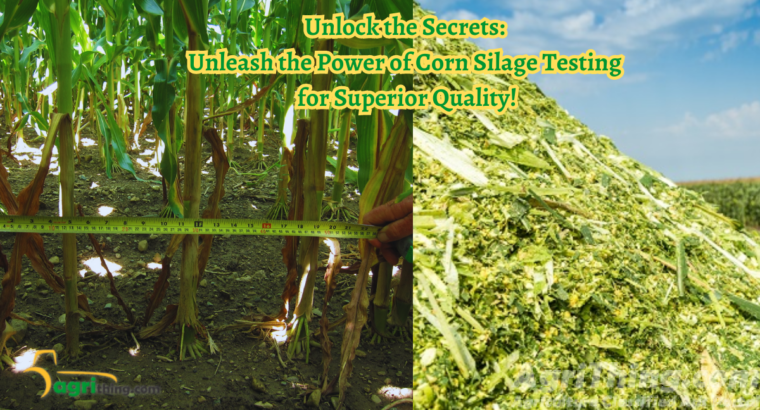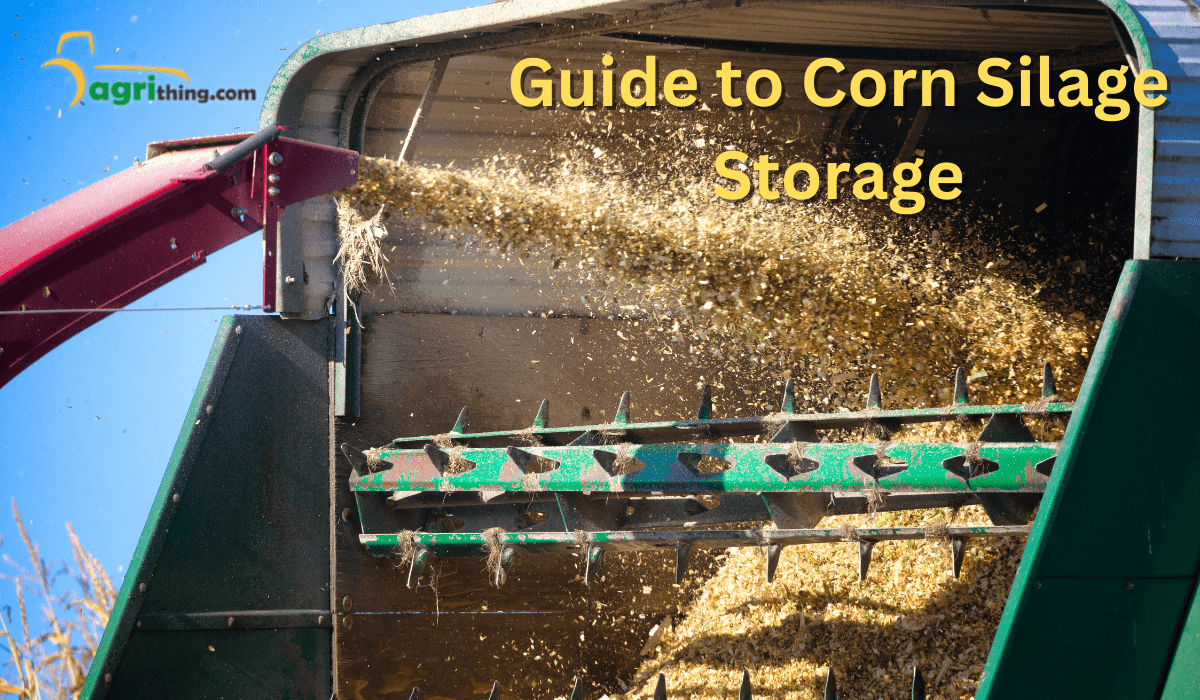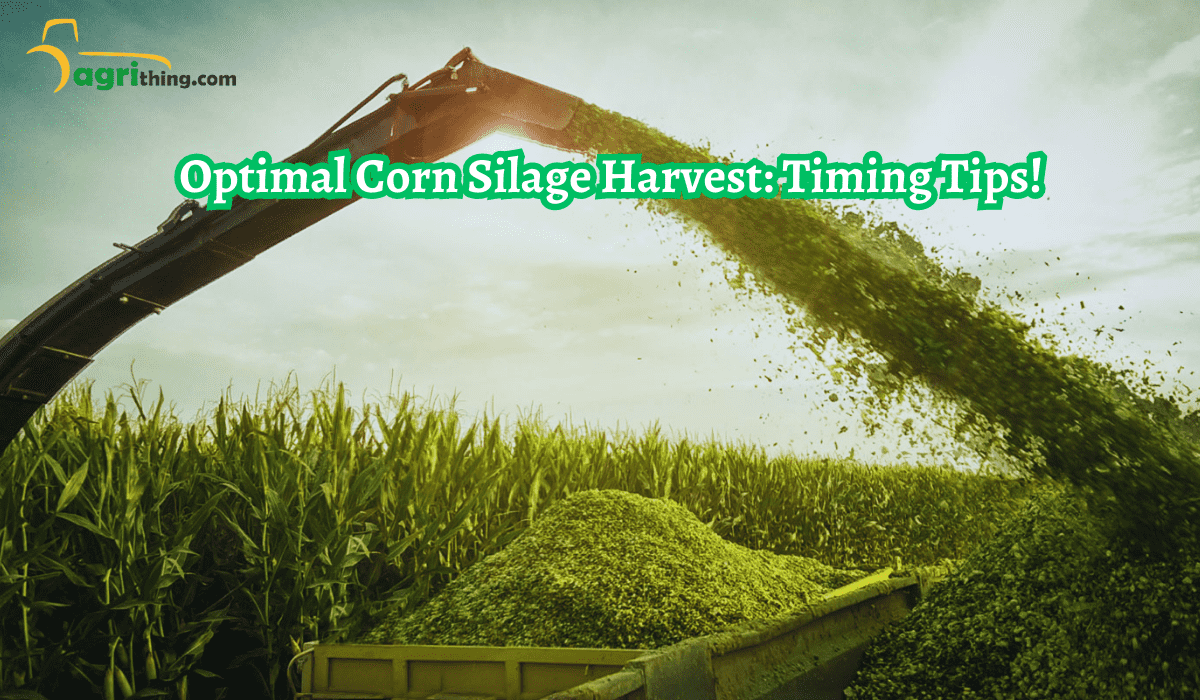Corn Silage Testing: Ensuring Optimal Feed Quality
Corn silage testing is a vital component of the livestock industry, providing a highly nutritious and cost-effective feed option for cattle, dairy cows, and other ruminant animals. However, the quality of corn silage can vary significantly, and ensuring optimal feed quality is crucial for maximizing animal performance and maintaining herd health. This article explores the importance of corn silage testing for feed quality, the factors affecting its quality, testing methods, benefits, best practices, and common mistakes to avoid.
Table of Contents
Introduction
Corn silage testing is important for livestock. It provides energy and fiber, so farmers like using it. But the quality can change because of things like when it was harvested, how it was stored, and how it fermented. To make sure the feed quality is good, it’s important to have the corn silage tested daily.
Importance of Corn Silage Testing
Testing corn silage is very important. It helps farmers and nutritionists know what nutrients it has and how good it is overall. They check things like how much water is in it, how acidic it is, what was produced during fermentation, and what nutrients it has. With this information, they can make smart choices about how to feed the animals. They can adjust the food mix to make the animals healthier, produce more milk, and have babies more easily.
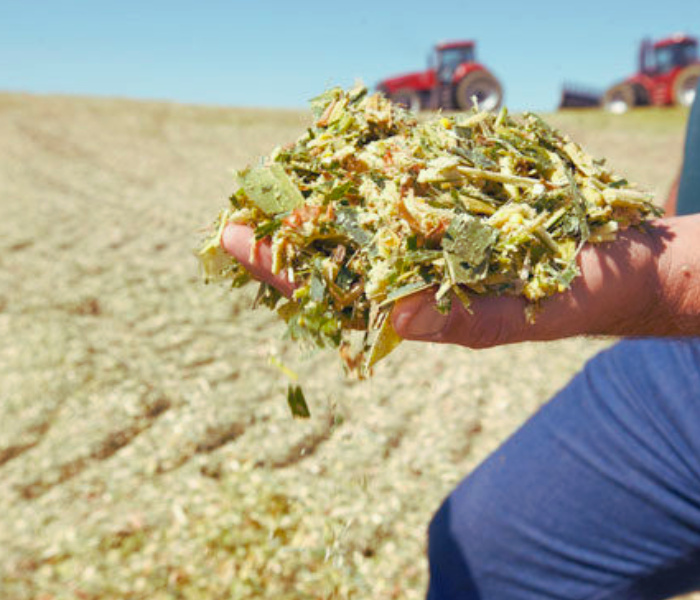

Benefits of Regular Corn Silage Testing:
- Ensures optimal feed quality for meeting animals’ nutritional requirements.
- Maintains a consistent nutrient profile to enhance feed quality efficiency and animal performance.
- Helps identify potential issues like mycotoxin contamination, mould growth, or inadequate fermentation.
- Promptly addresses issues to prevent health problems in livestock.
Factors Affecting Corn Silage Quality
Many things affect the quality of corn silage. It starts when the corn is fully grown. How it’s harvested, like how high it’s chopped and if the kernels are processed, also matters for the nutrients in the silage. The way it ferments and how it’s stored is important too. Packing it tightly, keeping out oxygen, and controlling the temperature all make a difference in how good the silage is and how long it will last.
Testing Methods for Corn Silage
Corn silage testing involves analysing various parameters to assess its nutritional value and overall quality. Key testing methods include determining the dry matter content, which affects storage stability and nutrient concentration. Monitoring the pH level indicates the effectiveness of the fermentation process.
| Testing Method | Purpose |
|---|---|
| Dry Matter Content | Determines moisture level in silage |
| pH Level | Measures acidity or alkalinity |
| Fermentation Analysis | Evaluates fermentation quality |
| Ash Content | Determines mineral content |
| Crude Protein Content | Assesses protein levels |
| Fiber Analysis | Measures fiber components |
| Starch Content | Quantifies starch levels |
| Lactic Acid Bacteria Count | Determines the bacteria population |
| Aerobic Stability | Evaluates silage stability |
| Mycotoxin Analysis | Detects the presence of toxins |
| NDF (Neutral Detergent Fiber) | Measures plant cell wall components |
| ADF (Acid Detergent Fiber) | Determines the lignin content |
| Total Digestible Nutrients (TDN) | Assesses nutritional value |
Factors to Consider for Effective Corn Silage Testing and Management
- Frequency of Testing:
- Conduct corn silage testing at various stages for maximum benefits.
- Test before harvest to determine optimal harvest timing.
- Regular testing during storage to prevent spoilage and nutritional losses.
- Test prior to feeding for adjustments in diet formulation based on nutrient content.
- Choosing a Testing Laboratory:
- Consider laboratory accreditation and certifications for accurate results.
- Evaluate the laboratory’s turnaround time for timely adjustments.
- Ensure testing cost aligns with a budget and provides value for money.
- Interpreting Test Results:
- Compare values to ideal ranges for dry matter content, pH level, fermentation byproducts, and nutritional composition.
- Deviations from ideal ranges may indicate potential issues.
- Promptly identify problems and make adjustments in harvesting, storage, or feed formulation for optimization.
- Incorporating Silage Additives:
- Silage additives enhance fermentation, feed stability, and prevent nutrient losses.
- Different types of additives are available, such as inoculants, acids, and enzymes.
- Select additives based on specific needs and consult with experts or nutritionists before incorporating them into silage management.
Best Practices for Corn Silage Testing
To ensure accurate and representative results, following best practices is essential. Proper sampling techniques, including randomization and sample size, should be employed during collection. Additionally, samples should be stored and transported under appropriate conditions to prevent contamination and preserve their integrity. Documenting information about the crop, harvesting, and storage conditions is vital for tracking changes over time and making informed decisions based on historical data.
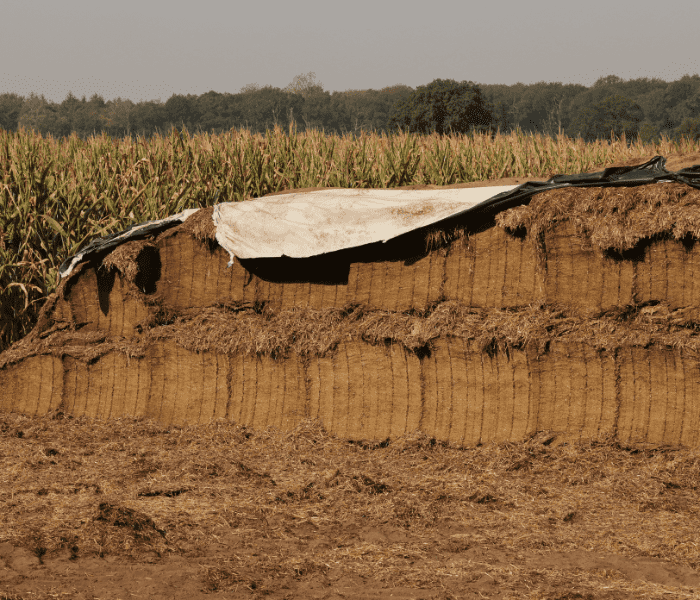
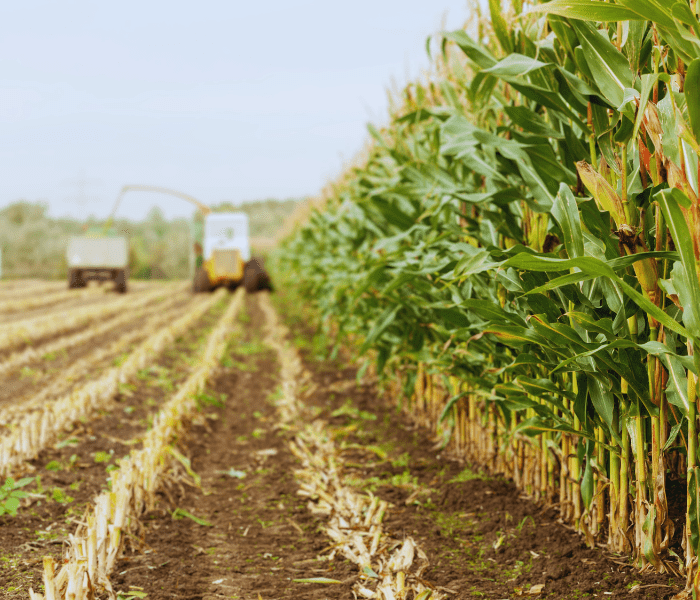
Common Mistakes to Avoid
There are some mistakes that people make when testing corn silage:
- Not collecting enough or fair samples can make the results less accurate.
- Storing the samples in the wrong conditions, like where it’s hot, wet, or has oxygen, can affect their quality.
- Ignoring the test results or not doing anything to improve the feed quality, even when there are problems found, doesn’t help make things better.
Conclusion
Corn Silage testing is really important to make sure the feed quality is good for the animals. Farmers and nutritionists look at different things to help them decide how to manage the feed quality, make changes if needed, and add anything that might help. Doing regular tests helps find any problems early on, which means the animals will be healthier and do better overall. By making corn silage testing a priority and doing it right, farmers can improve their farms and take good care of their animals.
Frequently Asked Questions (FAQ’s)
How often should I test my corn silage?
Testing corn silage is important at different times: before harvesting, while it’s stored, and before giving it to the animals. Doing tests regularly helps keep an eye on the quality and makes any changes that are needed.
Can I conduct silage testing on-farm?
There are methods to test silage on the farm, but usually, laboratory testing is more accurate and dependable. It’s a good idea to talk to experts or local agricultural extension services to get advice on how to do on-farm testing and what options are available.
Are there any alternatives to laboratory testing?
Laboratory testing is considered the best and most accurate way to test silage. However, there are on-farm testing methods available, like using handheld devices, that can give quick estimates of some parameters. It’s important to note that these on-farm methods may not be as precise as laboratory testing.
What are the signs of poor corn silage quality?
When corn silage is of poor quality, there are some signs to look out for. It might have a bad smell, you might see mold growing on it, it could get hot or spoil, the pH level might be high, or the nutrients might not be what they should be. These are all indications that the corn silage is not good.
Can corn silage testing help improve feed efficiency?
Testing corn silage is important because it gives precise information about the nutrients in it. This helps farmers create well-balanced diets for the animals. When the animals get the right nutrition, they perform better, and less food goes to waste. It’s all about making the feed as efficient as possible.
Related Articles
Unleash The Powerful Impact of Corn Silage

Discover the remarkable impact of corn silage at Agrithing! This highly nutritious feed not only boosts cow health but also saves farmers money. Packed with essential nutrients, corn silage fuels optimal growth, milk production, and overall animal well-being. Its versatility and cost-effectiveness make it a staple in livestock nutrition, maximizing resources and minimizing waste. Experience…
Ultimate100% Free Guide to Corn Silage Storage! Read Now!

Unlocking the Power of Nutrient-Rich Harvest: Mastering Corn Silage Storage at Agrithing. Discover the game-changing secrets of preserving and maximizing the nutritional value of corn silage. Our expert strategies ensure optimal storage conditions, from moisture management to cutting-edge technology. Elevate your livestock feed with our proven methods for corn silage storage, guaranteeing healthy, consistent, and…
Timing Matters: Corn Silage Harvest Timing Secrets Revealed

At Agrithing, we understand the critical importance of optimal corn silage harvest timing. Our expert team guides you on the precise moment to achieve the ideal balance of moisture and nutritional value. Timely harvesting ensures maximum yield and quality, delivering nutrient-rich silage for your livestock. Trust Agrithing for unmatched expertise in corn silage harvest timing,…
Want to purchase top-quality silage? Visit our Agricomplex website to explore our wide range of silage products.
People Also Asked
Why is corn silage testing important for feed quality?
Corn silage testing is important for feed quality as it helps assess its nutritional composition, including moisture content, energy value, protein content, and fiber levels.
How is corn silage tested for quality?
Corn silage is tested for quality through laboratory analysis. Samples are collected from different parts of the silage, and tests are conducted to measure parameters.
What are the key parameters considered in corn silage testing?
Key parameters assessed in corn silage testing include dry matter content, crude protein, fiber content (neutral detergent fiber and acid detergent fiber), lactic acid content, pH level, ammonia nitrogen content, and fermentation byproducts.
What are the benefits of high-quality corn silage?
High-quality corn silage provides several benefits, including improved animal performance, increased milk production, enhanced weight gain in livestock, better digestion, reduced feed wastage, and improved overall animal health.
When is the best time to test corn silage?
The best time to test corn silage is typically after the fermentation process has stabilized, which is usually around 30 to 45 days after ensiling.

